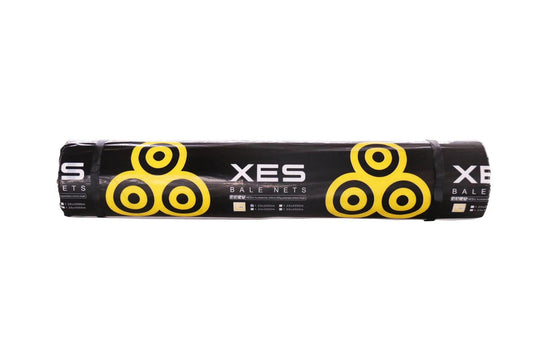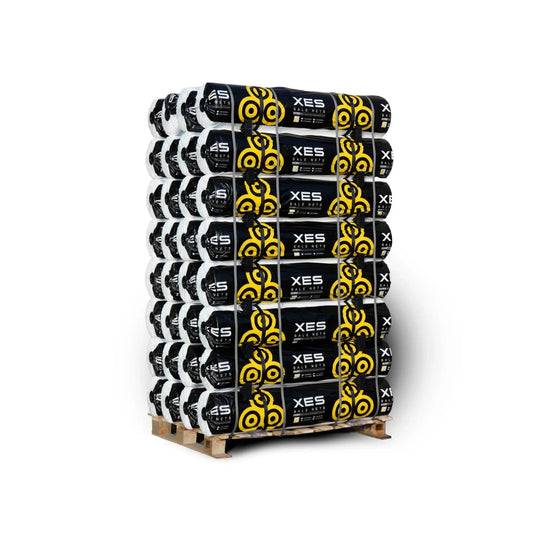Individual Bales
This method involves storing bales individually for convenience in handling, particularly when using equipment that seizes the bale from both ends. However, for effective air circulation, a minimum spacing of 18 inches between bales is required. Storing bales with the round sides in contact is inadvisable as it forms a potential trap for rain and snow. Although individual bales may be more easily handled with some truck-mounted equipment, this storage technique tends to yield higher losses.
End-to-End
In the End-to-End method, bales are tightly stacked together, which optimizes the storage area and provides weather protection for the bales' ends. In situations where the bales are not compactly stacked, there is a risk of rain penetrating the ends, consequently increasing the damage. Creating north-south bale rows allows equal sunlight exposure on both sides of the bale row, facilitating more uniform drying. To ensure air circulation and enable sunlight to reach the bales, a spacing of at least 3 feet between rows is suggested. In cases where snow accumulation is probable, increasing row spacing is recommended to aid sunlight in melting the snow.
An examination conducted in Kansas on different stacking methods for alfalfa and brome hay storage found that dry matter losses associated with weathering showed no substantial difference between north-south and east-west rows. Nevertheless, the former is preferred for its uniform drying properties. The study emphasized that proper site selection for stacking is more critical than the row orientation.
Stacks
Historically, stacking bales in pyramids was common due to its space efficiency. However, without proper covering, bales are highly vulnerable to weathering losses. A South Dakota study reported dry matter losses exceeding 10 percent in prairie hay stacked in pyramids for a year. The losses were significantly reduced to 4 percent and less than 1 percent for bales stacked individually and end-to-end, respectively.
In recent years, a novel method has gained popularity in Kansas, involving the stacking of one bale on end, followed by another on top, often referred to as the “Canadian” method. A study by Kansas State University found this technique to be feasible, with dry matter and quality losses similar to those of bales stored end-to-end in both north-south and east-west rows. However, the spoilage at the bottom of the bale was higher, though less hay was exposed to the ground. For the base bales in these stacks, high-density, well-formed bales bound with plastic twine or net are required. Sisal twine is not suggested due to its susceptibility to rotting and possible disintegration of bales.
Conclusion
This comparative analysis provides a detailed overview of three distinct methods of stacking large round bales: Individual Bales, End-to-End, and Stacks. Each method comes with its unique benefits and drawbacks. The Individual Bales method offers ease of handling but higher loss potential, while the End-to-End technique optimizes storage and weather protection at the risk of potential weather damage if not tightly stacked. The Stacks method can offer space efficiency but also poses a high risk of weathering losses if bales are not adequately covered.
The emergence of the "Canadian" method provides a new and potentially effective approach to bale stacking. However, specific requirements such as the use of high-density, well-formed bales tied with plastic twine or net are crucial for its success.
The choice of a stacking method should take into account the specific circumstances, available equipment, and weather conditions of each storage site. Importantly, regardless of the method chosen, the study indicates that proper site selection and stack orientation can significantly influence the effectiveness of bale storage and preservation, suggesting that strategic planning is critical to minimizing hay storage losses. Thus, in the quest for efficient and effective large round bale stacking, a comprehensive understanding of each method's merits and potential challenges is vital.


